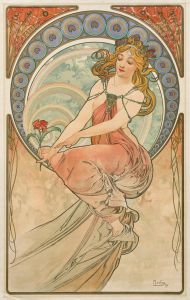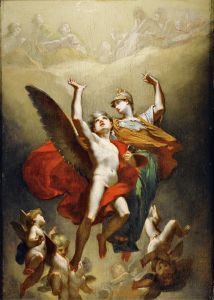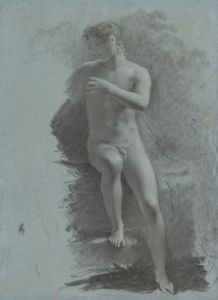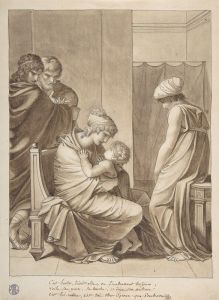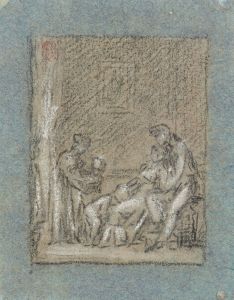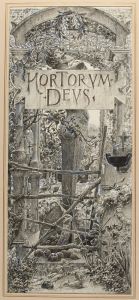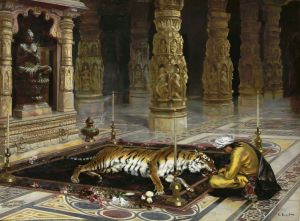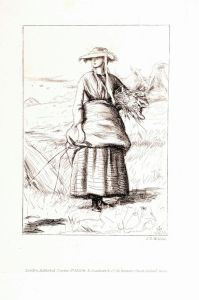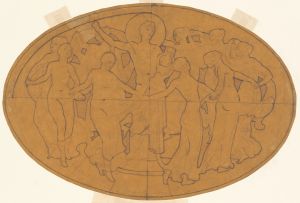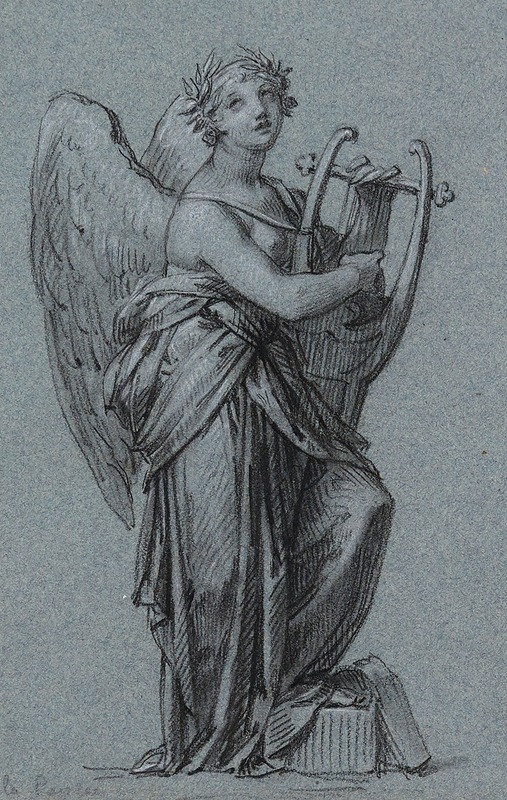
La Poésie
A hand-painted replica of Pierre-Paul Prud'hon’s masterpiece La Poésie, meticulously crafted by professional artists to capture the true essence of the original. Each piece is created with museum-quality canvas and rare mineral pigments, carefully painted by experienced artists with delicate brushstrokes and rich, layered colors to perfectly recreate the texture of the original artwork. Unlike machine-printed reproductions, this hand-painted version brings the painting to life, infused with the artist’s emotions and skill in every stroke. Whether for personal collection or home decoration, it instantly elevates the artistic atmosphere of any space.
Pierre-Paul Prud'hon was a French Romantic painter and draughtsman, known for his allegorical and mythological subjects, as well as his portraits. One of his notable works is "La Poésie," which exemplifies his unique style that blends elements of Neoclassicism and Romanticism. Prud'hon's work is characterized by its delicate use of light and shadow, as well as its soft, atmospheric quality, which sets it apart from the more rigid Neoclassical style of his contemporaries.
"La Poésie" is an allegorical painting that reflects Prud'hon's interest in themes of beauty, emotion, and the sublime. While specific details about the painting's creation and its current location are not widely documented, it is known that Prud'hon often drew inspiration from classical mythology and literature, which he interpreted through a Romantic lens. His works frequently explore the tension between reason and emotion, a hallmark of Romantic art.
Prud'hon's technique in "La Poésie" likely involves his characteristic use of chiaroscuro, a method of using strong contrasts between light and dark to achieve a sense of volume and three-dimensionality. This technique helps to create a dreamlike quality in his paintings, inviting viewers to engage with the emotional and symbolic content of the work. Prud'hon's figures are often depicted with a sense of grace and fluidity, embodying the ideals of beauty and harmony.
The artist's ability to convey emotion and mood through his paintings made him a favorite among the French elite, and he received numerous commissions throughout his career. Prud'hon's style was influenced by earlier artists such as Leonardo da Vinci and Correggio, whose works he admired for their soft transitions and emotive power. Despite the classical influences, Prud'hon's work is distinctly Romantic in its emphasis on individual expression and the exploration of the human psyche.
Prud'hon's contribution to the art world extends beyond his paintings; he was also a respected teacher and mentor. His approach to art education emphasized the importance of drawing and the study of nature, encouraging his students to develop their own artistic voices. His influence can be seen in the works of later artists who sought to balance classical techniques with Romantic sensibilities.
While "La Poésie" may not be as widely recognized as some of Prud'hon's other works, it remains an important example of his artistic vision and his ability to convey complex emotional and intellectual themes through visual art. Prud'hon's legacy is evident in the continued appreciation of his work, which is celebrated for its beauty, emotional depth, and technical mastery.
In summary, Pierre-Paul Prud'hon's "La Poésie" is a testament to his skill as a painter and his ability to blend classical and Romantic elements in a harmonious and evocative manner. His work continues to be studied and admired for its contribution to the development of Romantic art in France.





